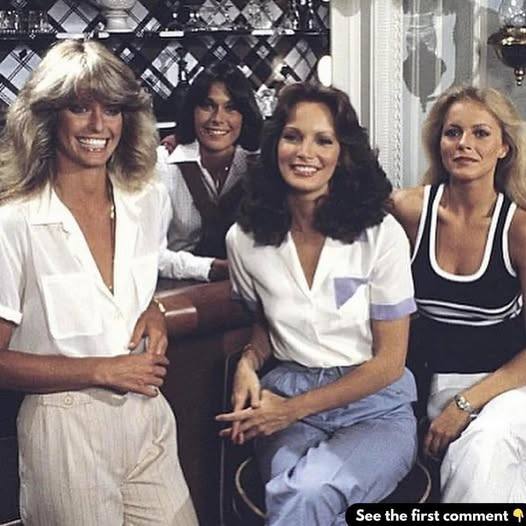Behind the scenes, Charlie’s Angels was just as pioneering. Creator Aaron Spelling hired a predominantly female stunt team so the actresses could perform many of their own action scenes, adding a level of authenticity rarely seen at the time. The storylines weren’t just fluff either—they tackled everything from international espionage to political corruption, often weaving in commentary on civil rights and justice. Even Charlie’s voice-only presence, heard through a speakerphone, felt symbolic—a subtle reminder that influence doesn’t always need to be visible to be powerful.
As the original cast began to shift—Fawcett after season one, Jackson not long after—new Angels like Cheryl Ladd, Shelley Hack, and Tanya Roberts brought fresh energy. The chemistry evolved, but the show’s momentum held strong. Across five seasons, Charlie’s Angels proved that audiences were hungry for female-led storytelling that delivered both action and emotion.
The series’ legacy didn’t end with its final episode. The Angels returned in the early 2000s with two blockbuster films, and again in a 2011 TV reboot and a 2019 movie reimagining. While each new version grappled with balancing empowerment and spectacle, the core message endured: women, working together, could take charge, crack cases—and look incredible doing it.
Today, echoes of Charlie’s Angels are everywhere—in the rise of female-led action series, in superheroes and spies, and in shows where women own their power, rather than prove it. The Angels didn’t just entertain a generation—they paved the way for decades of bold, brilliant, complex female characters.
More than a glossy TV hit, Charlie’s Angels was a revolution. It reminded us that style and substance aren’t opposites—they’re the formula for a new kind of hero. One who doesn’t just solve the case, but changes the culture along the way.

